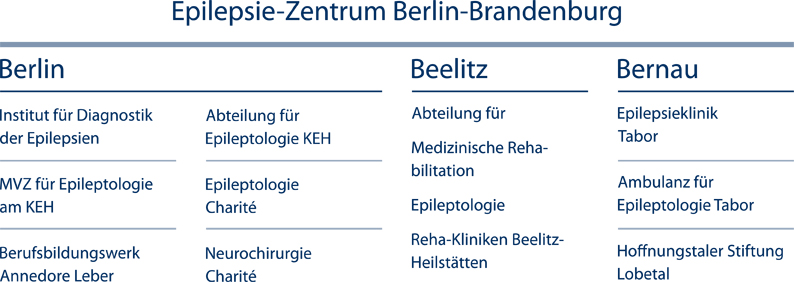Monthly Case
Undetected epilepsy for 15 years | November 2015
>> back to HomepageA 48-year-old male patient suffers a first generalized tonic clonic seizure, he does not remember any symptoms before loss of consciousness. Head MRI reveals a 2 cm lesion in right amygdala/hippocampus, no enhancement by contrast agent. The most likely diagnosis is ganglioglioma, a benign tumor which probably is carried by the patient for years or even decades. Following the new criteria of the International League against epilepsy, a first generalized tonic clonic seizures and proof of an unambiguous cerebral lesion defines epilepsy, as recurrence risk for further seizures is significantly increased.
On further detailed history taking, the patient reported that since his 30th year of life, i.e. for more than 15 years, he has recurrent episodes of 10 to 15 sec. duration occurring 4 to 5 times per month with some pressure and a feeling of warmth in his stomach, sometimes this sensation “wanders” to the throat. During these stereotyped episodes, he reports to be fully conscious and reactive, bystanders would not notice anything. This semiology is typical for seizure onset in mesio-temporal structures. Twice the patient had contact to a gastroenterologist, gastroscopy had been performed without any findings.
These episodes with abdominal warmth and pressure are undoubtedly epileptic auras, these are by definition simple partial sensory seizures. This type of seizures has no relevant medical significance in itself, but if detected earlier, brain imaging would have been preformed earlier as well. Fortunately, the patient presumably has a benign brain tumor, but a malignant neoplasia would have been possible as well and would have been left undetected.
Antiepileptic pharmacotherapy was initiated with zonisamide at 300 mg daily in a single dose, the patient now has one aura per month. Now, the reason behind the episodes with abdominal pressure has been clarified, the patients tolerates one aura per month, he denies to increase dose of the antiepileptic agent. The presumed ganglioglioma will be controlled by head MRI once per year in regard of general growth and alterations in its structure.
This case nicely demonstrated that the “first seizure” often is not the first seizure, and that detailed history taking is of utmost importance.


